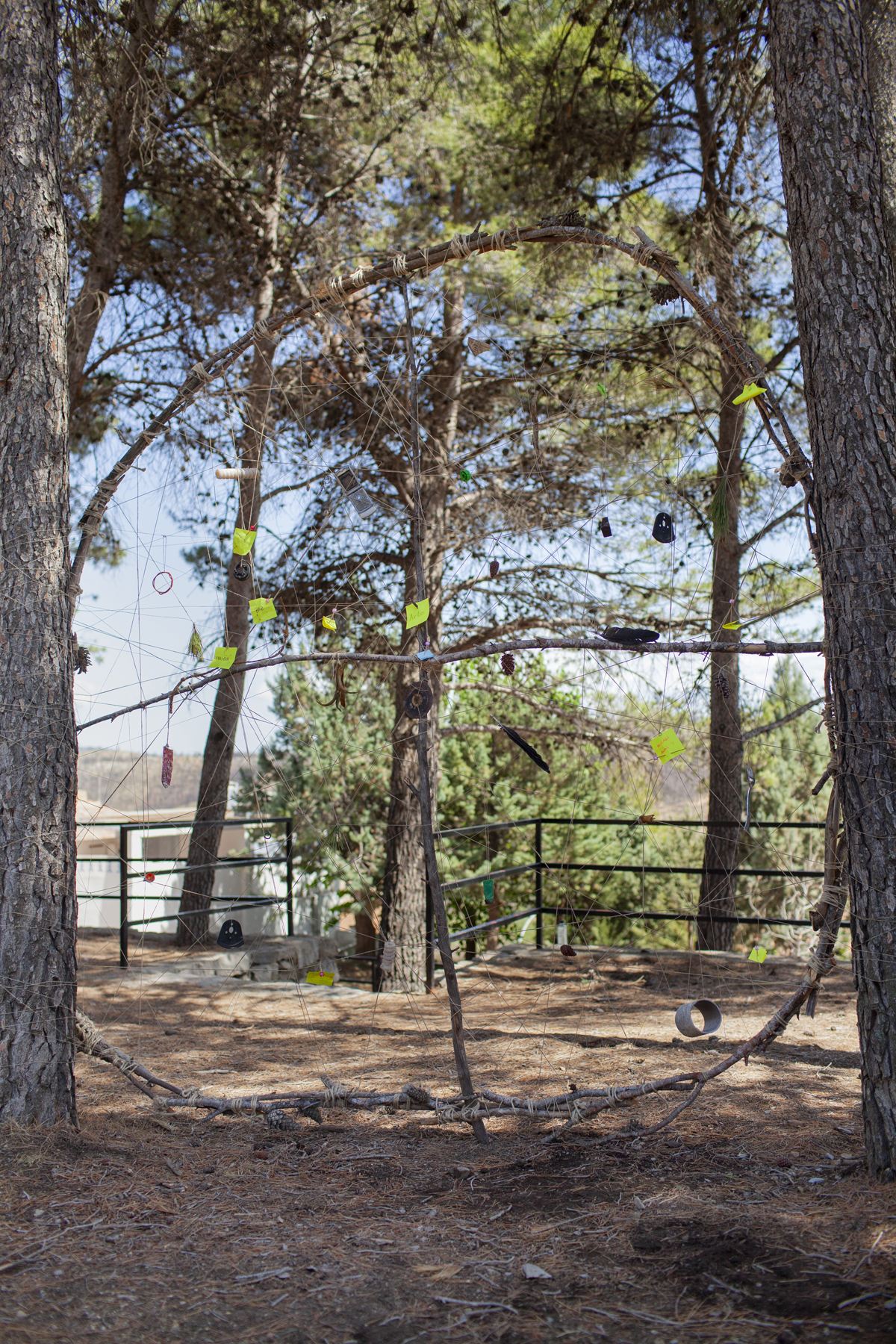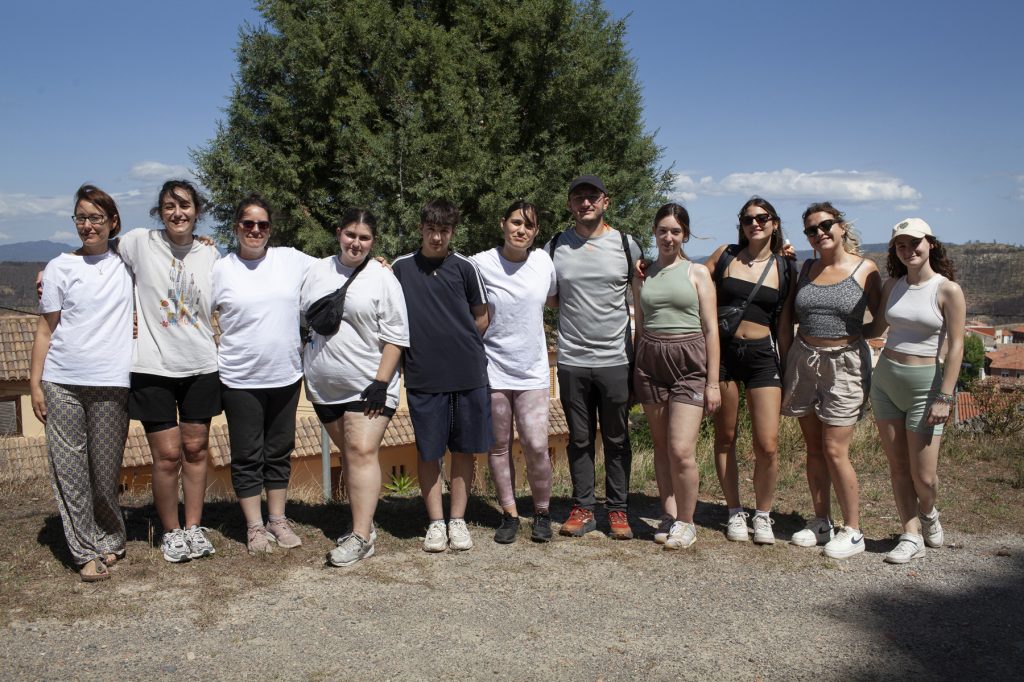The weekend of 8 and 9 June saw the implementation phase of the Storytooling project in Spain. We were so looking forward to it… and in the end it was too short!
To put ourselves in context, we have to point out that we started with a cycle of workshops in which the participants were able to get to know and work with different design and industrial art techniques. For many years, design and industrial art have been linked mainly to masculine traits, so our intention in the first phase was to meet Spanish and local women artists through artistic workshops such as painting, performance, graphic design, photography and textile design. Throughout our meetings, the participants reflected on these artists and on how art can impact and intervene in rural territories, in our case, the Ojos Negros Greenway.
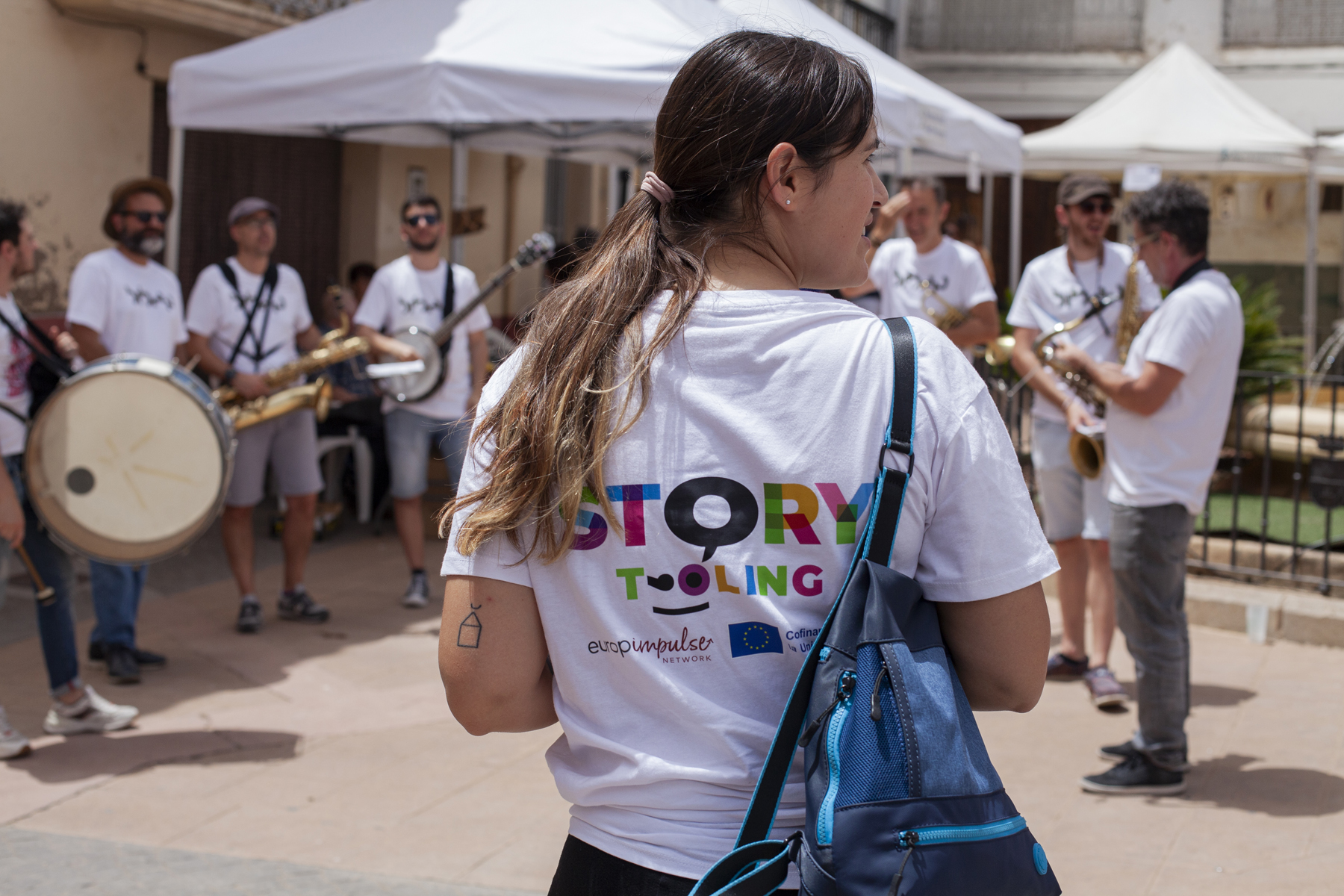
The aim of the bicycle tour was for the young people to learn about and celebrate the history of an area that is crisscrossed by industrial heritage, while exploring it as they work with different creative techniques. In addition, the aim was for the young people to reflect, both together and individually, on “the industrial” and on human intervention, expressing these reflections through a painting workshop and the realisation of a community intervention.
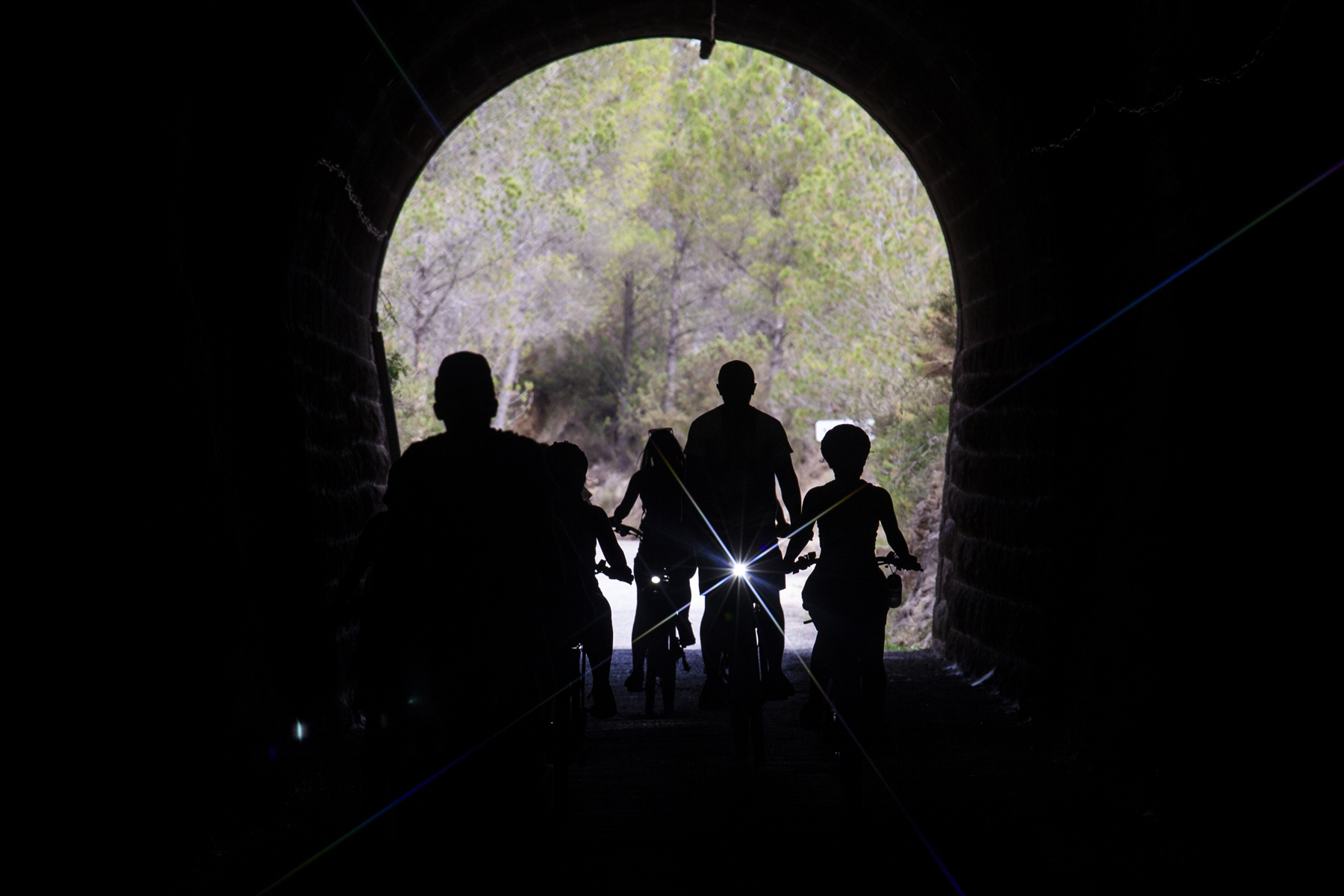
The implementation phase of our proposal consisted of cycling along several sections of the Vía Verde, a re-signified route that once linked the mining town of Ojos Negros with the port city of Puerto de Sagunto, and which now links many villages along its route, giving them the possibility of attracting nature tourism, learning about the history of the area and enjoying, as we did, the activities organised in the different towns.
Apart from this exercise on the bike, we worked, as an example of the artistic interventions that can be developed in rural areas, in two of the villages near our place of stay, Jérica. The first workshop consisted of the reinterpretation of industrial elements in the village of Geldo, Valencian cultural capital in 2023, famous for the urban art murals that adorn its streets and are extended during the annual editions of the ImaginArte festival, which have turned it into an open-air museum through painting. A walking tour of the town was carried out and photographs were taken of the monuments, the streets and the graffiti and murals that we came across. For this street photography session, we used the methodology of walking or artistic drifting, which tries to understand the action of walking as a creative element of art. Luckily, our visit to this town coincided with the 1st Gastronomy, Crafts and Local Trade Fair, so our group carried out this reinterpretation, inspired by the photographs taken, painting on canvases on easels provided by the organisation during the tasting of some artisanal and ecological beers from the L’Audaç brewery, managed by a local cooperative that tastes craft and ecological beers from the L’Audaç brewery, managed by a local cooperative that promotes the use of local products, and that puts as much love into the beer as into the design of the labels of its different varieties, created to evoke the history of the area and its feelings.
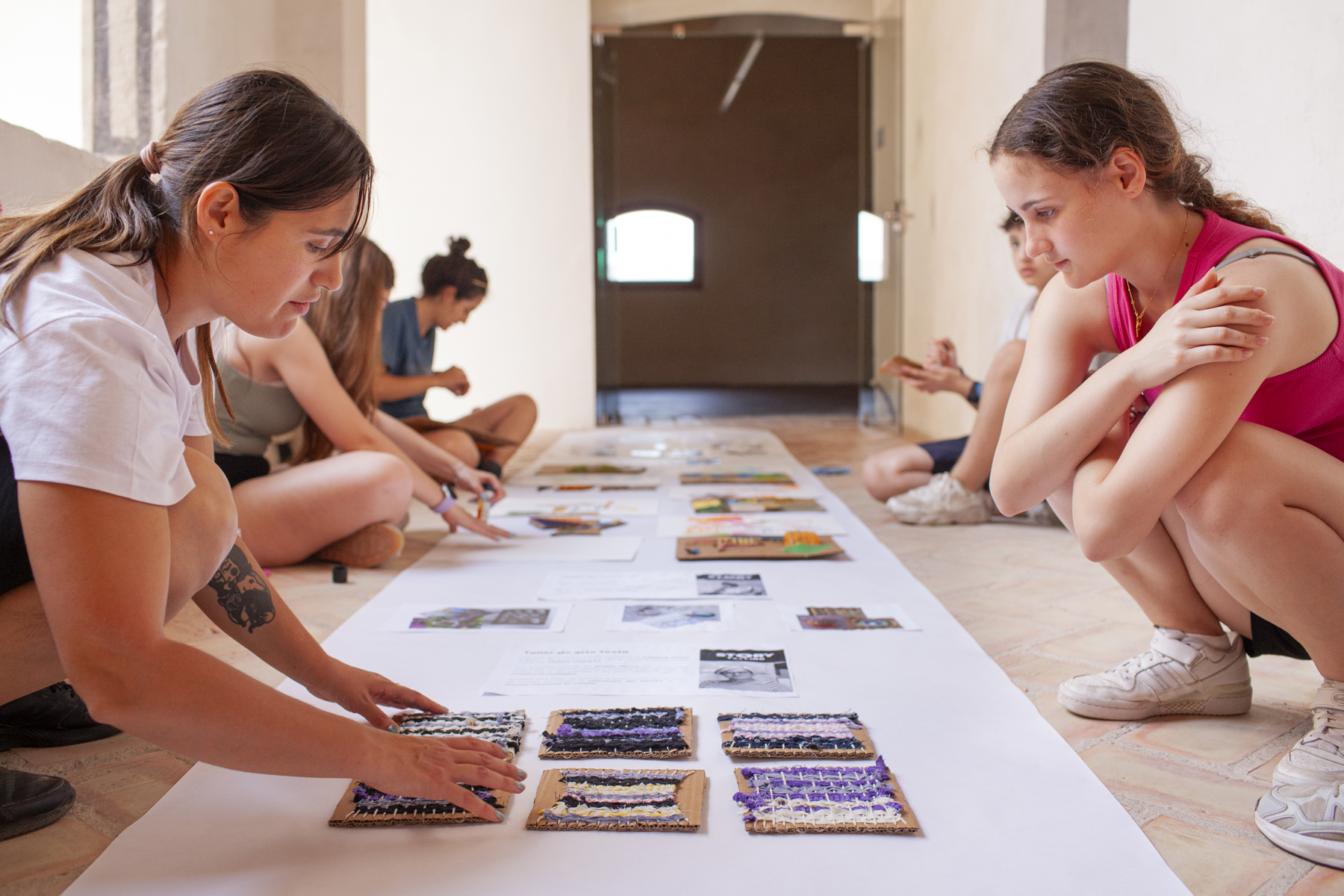
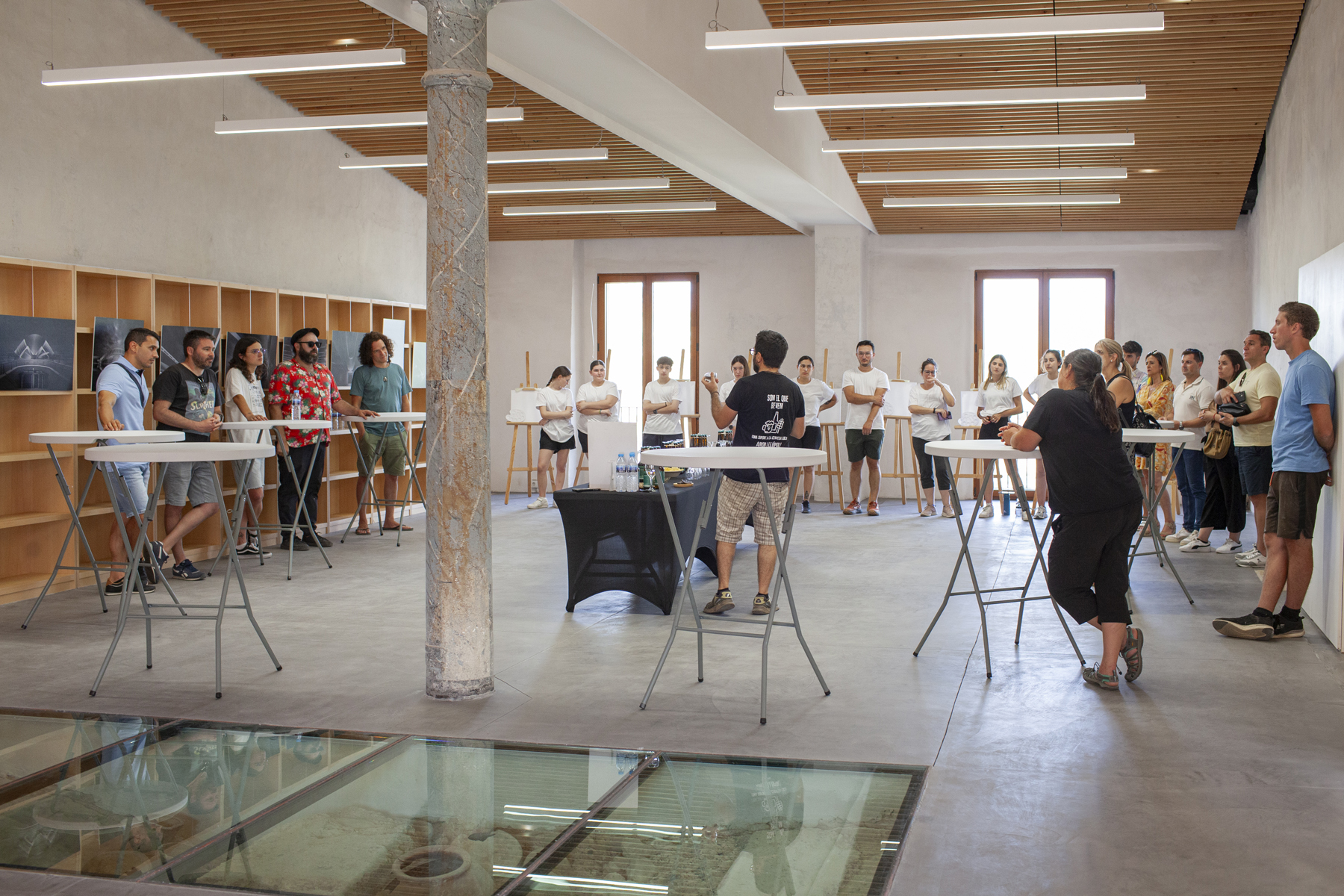
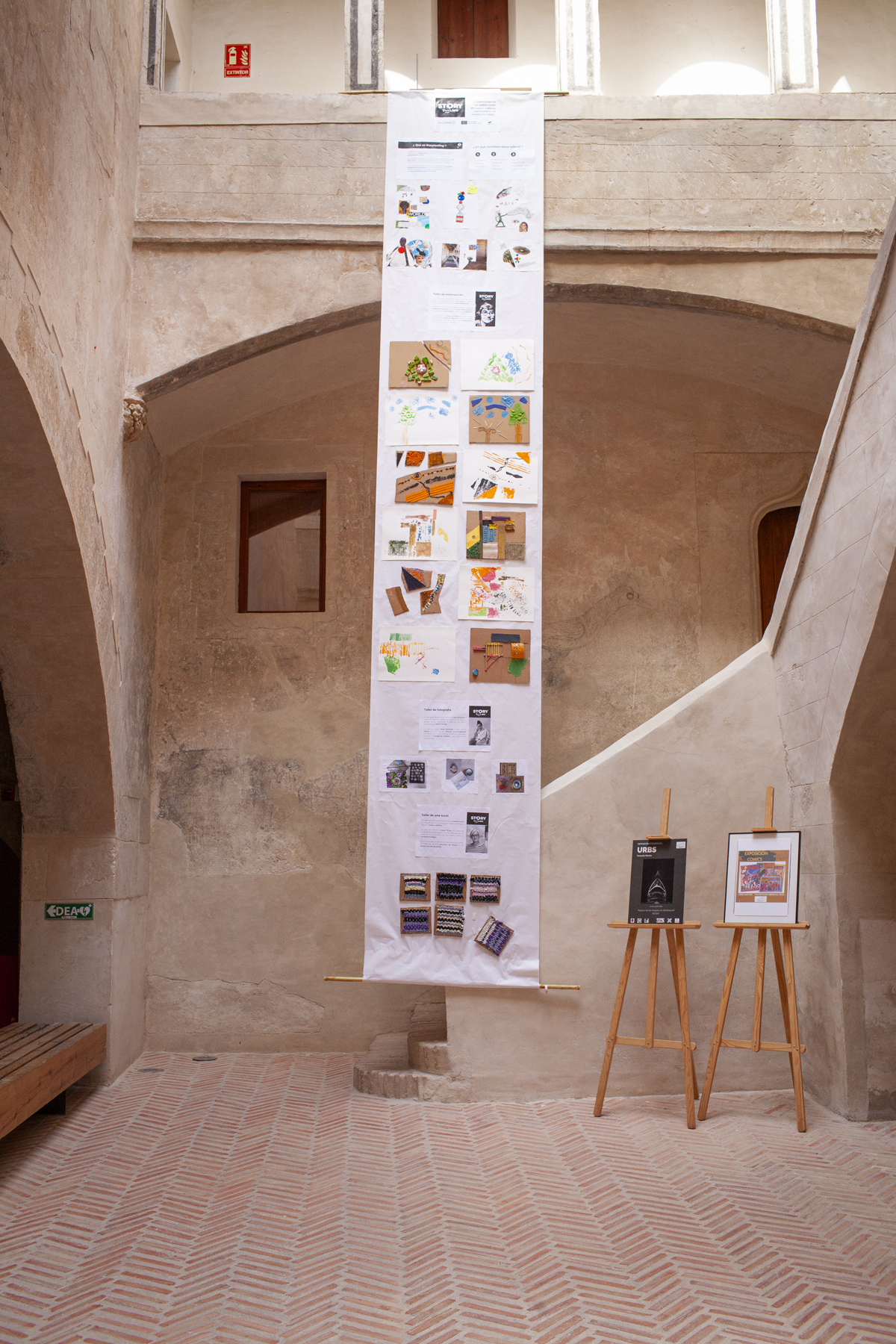
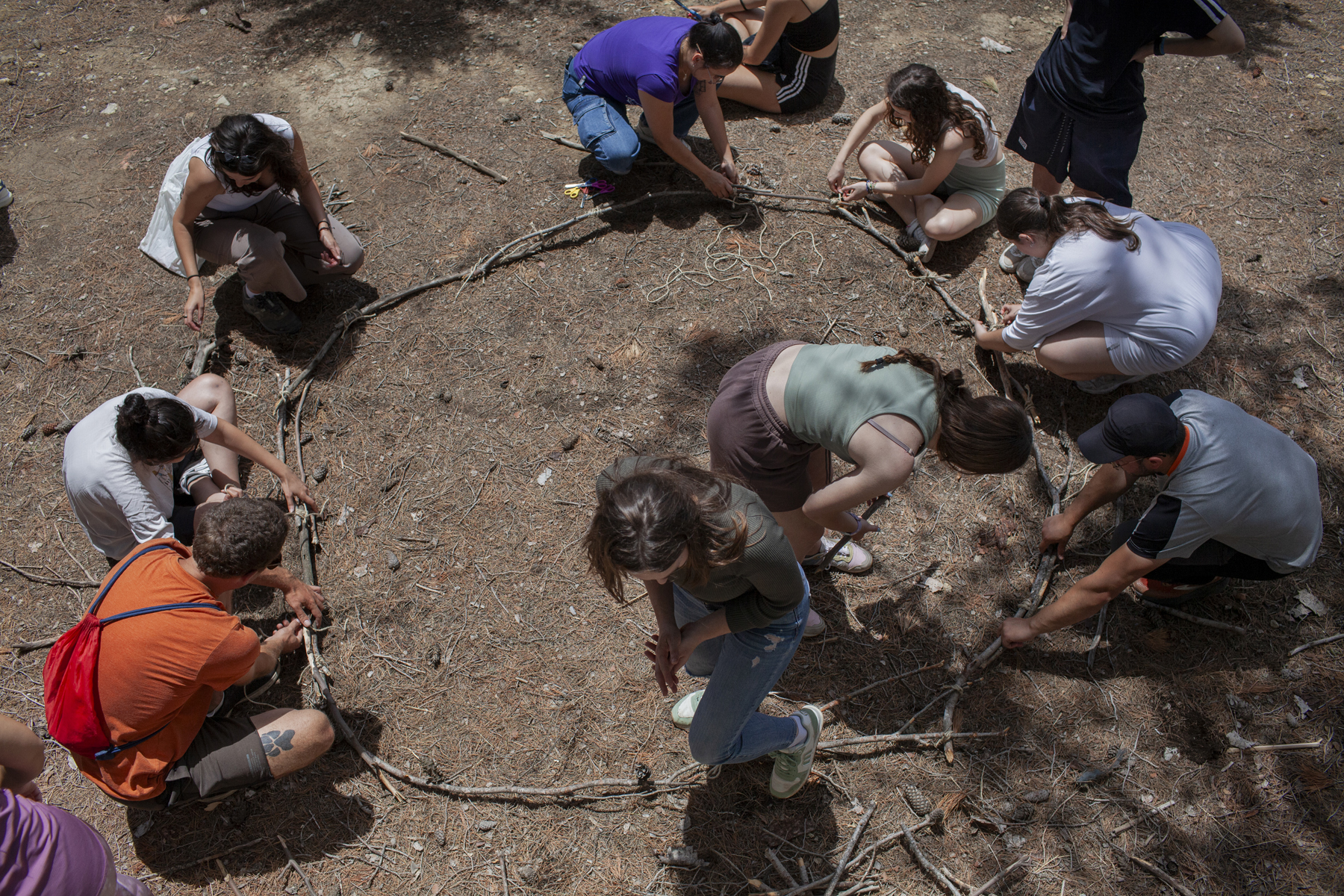

The second day’s activity took place in Torás with the collaboration and accompaniment of the Torasísimo association, an organisation that was created as a result of the terrible fire that devastated the village and its surroundings a couple of years ago. During the day, along the bike route along the greenway, which is not accessible to motor vehicles, we looked for remains of human presence as well as other striking or representative elements to include them in the last intervention, which consisted of creating a giant dreamcatcher with biodegradable elements (hemp thread, branches from trees affected by the fire, etc.). This intervention was based on two creative techniques. On the one hand, yarn bombing, a street art discipline that appears as a symbol of protest and vindication of women in the art scene, transferring the textile technique to the streets and reflecting on the territory. On the other hand, Land art, a movement that questions the passage of human beings in nature, using open-air spaces and biodegradable materials to generate works of ecological impact and reflection. The sculpture created was left installed representing our passage through the territory, with our dreams and desires.
